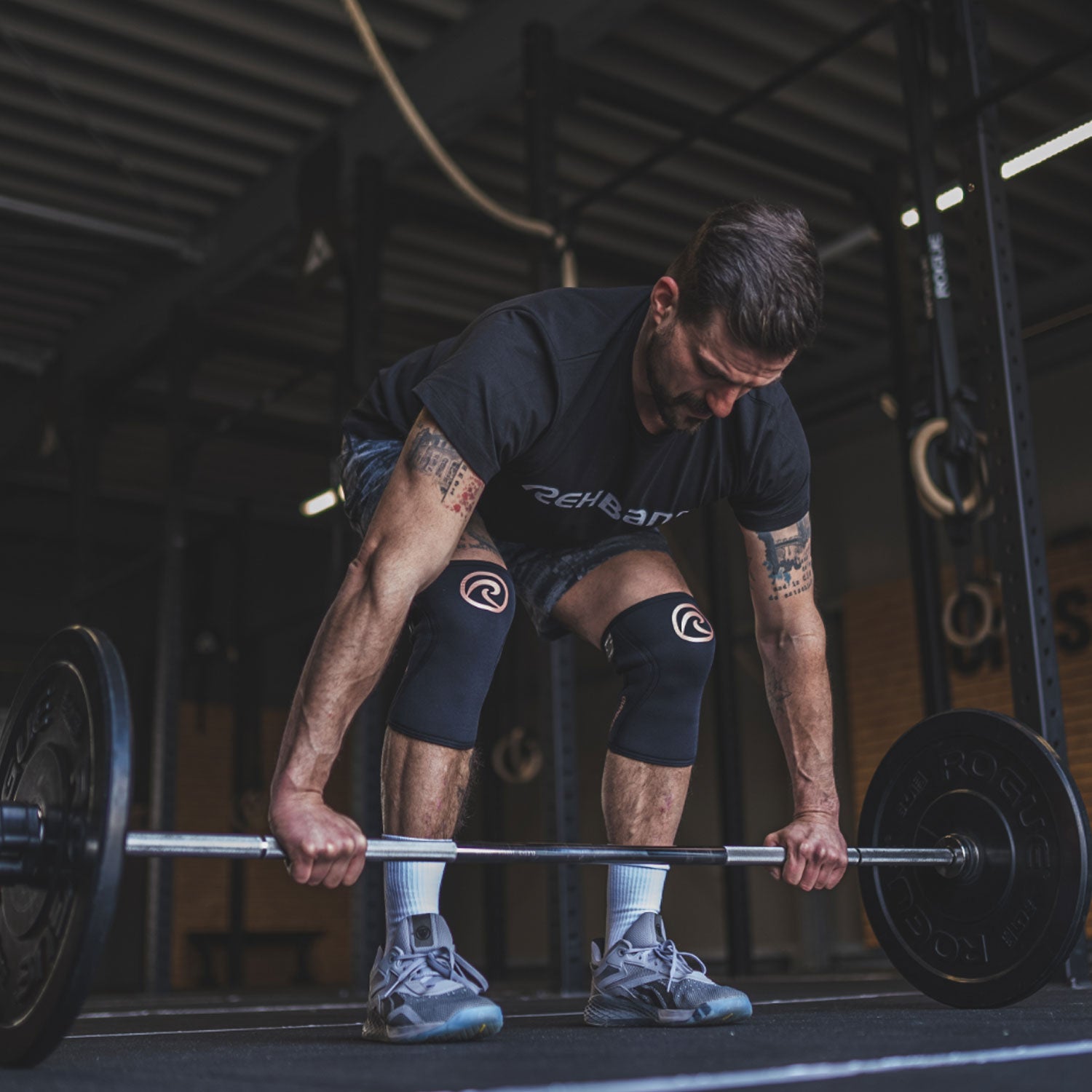Jumper's Knee (Patellar Tendinitis)
Jumper’s knee, medically known as patellar tendinitis, is a common overuse injury that affects athletes, particularly those involved in sports that require frequent jumping and explosive movements. It occurs when the patellar tendon, which connects the kneecap (patella) to the shinbone (tibia), becomes inflamed or ruptured due to repetitive stress. This injury is particularly prevalent among handball, basketball, and volleyball players because of the intense pressure placed on the knees during rapid jumping and landing actions. In handball, the knee used to push off during a jump often bears the brunt of this strain, leading to frequent injury in that leg.
Patellar tendinitis develops gradually, starting with mild pain at the base of the kneecap, especially after physical activity. If untreated, the condition can worsen, leading to chronic pain, stiffness, and difficulty performing activities that involve bending the knee, such as squatting or walking downstairs. The pain may become more persistent and interfere with daily activities, making it difficult for athletes to continue training or competing.
How overuse can affect your knee negatively
The injury is often linked to overuse and improper biomechanics, with repetitive strain weakening the tendon fibers. Over time, micro-tears can form, leading to inflammation and degeneration of the tendon. Athletes who suddenly increase the intensity or frequency of their training are at higher risk of developing jumper’s knee. Other contributing factors include improper warm-up routines, muscle imbalances (especially weak quadriceps), and poor jumping techniques.
Treatment typically involves a combination of rest, physical therapy, and strengthening exercises to relieve the pain and improve tendon health. In severe cases, advanced interventions such as corticosteroid injections, platelet-rich plasma therapy, or even surgery may be required. Early diagnosis and treatment are essential to prevent the condition from worsening and ensure a successful return to sports.



